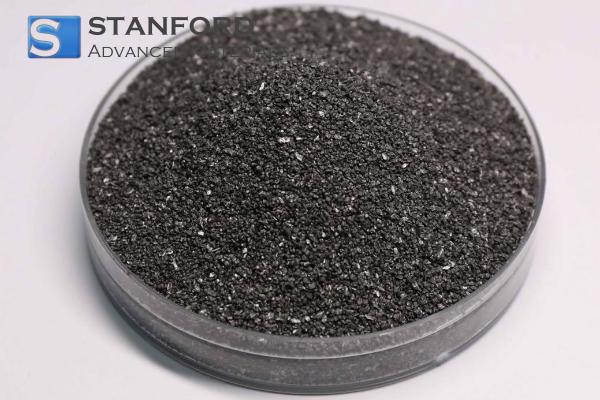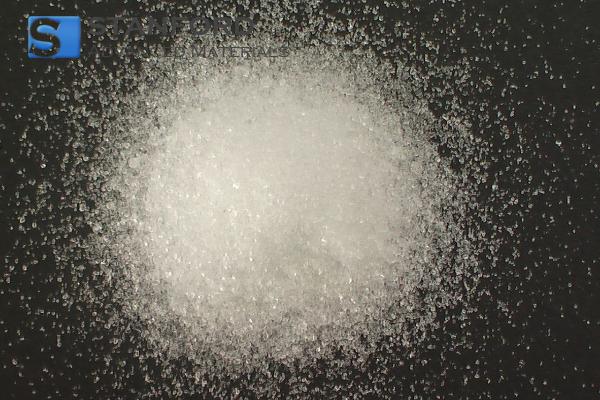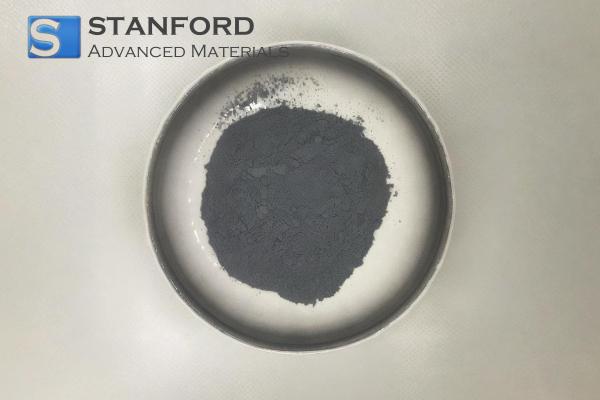Half-Life Of Radioactive Elements
What is the half-life?
The half-life is the period of time required for one half of the atoms in a radioactive substance to decay. This concept is fundamental for understanding the stability and longevity of radioactive materials.
Radioisotopes and their significance
Radioisotopes are unstable atoms that emit radiation when they decay into more stable forms. They are utilised in medicine, archaeology and environmental science.
Applications of radioisotopes
- Medical imaging and treatment: Radioisotopes, such as Iodine-131, are employed in the diagnosis and treatment of thyroid disorders.
- Archaeological dating: Carbon‑14 is used to determine the age of ancient artefacts.
- Environmental monitoring: Caesium‑137 is applied for tracking pollution and contamination.
How is the half-life calculated?
To calculate the half-life of a radioisotope, its decay rate must be known. Although the process is based on exponential decay, the decay can be approximated by measuring the substance’s quantity over time.
- Measurement of the initial quantity: Determine the starting amount of the radioisotope.
- Monitoring the decay: Record the reduction in quantity over specified time intervals.
- Application of the decay constant: The constant decay rate is used to estimate the time required for the substance to reduce by half.
Half-lives of common radioactive elements
|
Element |
Isotope |
Half-life |
Decay type |
|
Carbon (C) |
Carbon‑14 |
5 730 years |
Beta decay |
|
Uranium (U) |
Uranium‑238 |
4.468 billion years |
Alpha decay |
|
Uranium (U) |
Uranium‑235 |
703.8 million years |
Alpha decay |
|
Radon (Rn) |
Radon‑222 |
3.8 days |
Alpha decay |
|
Thorium (Th) |
Thorium‑232 |
14.05 billion years |
Alpha decay |
|
Plutonium (Pu) |
Plutonium‑239 |
24 100 years |
Alpha decay |
|
Iodine (I) |
Iodine‑131 |
8.02 days |
Beta decay |
|
Cobalt‑60 |
5.27 years |
Beta decay and gamma radiation |
|
|
Polonium (Po) |
Polonium‑210 |
138.4 days |
Alpha decay |
|
Radium (Ra) |
Radium‑226 |
1 600 years |
Alpha decay |
|
Strontium (Sr) |
Strontium‑90 |
28.8 years |
Beta decay |
|
Caesium‑137 |
30.1 years |
Beta decay |
|
|
Krypton (Kr) |
Krypton‑85 |
10.76 years |
Beta decay |
|
Neptunium (Np) |
Neptunium‑239 |
2.36 days |
Beta decay |
|
Tritium (H) |
Tritium‑3 |
12.3 years |
Beta decay |
|
Zinc (Zn) |
Zinc‑65 |
243 days |
Beta decay |
|
Chlorine (Cl) |
Chlorine‑36 |
301 000 years |
Beta decay |
|
Molybdenum‑99 |
65.6 hours |
Beta decay |
|
|
Radon (Rn) |
Radon‑220 |
55.6 seconds |
Alpha decay |
|
Iron (Fe) |
Iron‑60 |
2.26 million years |
Alpha decay |
Further information can be found atStanford Advanced Materials (SAM).
Frequently Asked Questions
Which factors influence the half-life of a radioisotope?
The half-life is determined by the nuclear properties of the radioisotope, including the forces within the nucleus that affect its stability.
Why is knowledge of the half-life important in medicine?
It assists in determining the dosage and scheduling of radioisotope treatments to ensure efficacy and minimise risks.
Can the half-life of a radioisotope be altered by external influences?
No, the half-life is an intrinsic property and remains constant regardless of environmental conditions.
How is the half-life used in environmental science?
It is utilised for tracking the persistence and migration of radioactive contaminants over time.
What occurs with a radioisotope after several half-lives have elapsed?
The quantity of the radioisotope decays exponentially. Consequently, after several half-lives, the remaining amount becomes negligible.

 Bars
Bars
 Beads & Spheres
Beads & Spheres
 Bolts & Nuts
Bolts & Nuts
 Crucibles
Crucibles
 Discs
Discs
 Fibers & Fabrics
Fibers & Fabrics
 Films
Films
 Flake
Flake
 Foams
Foams
 Foil
Foil
 Granules
Granules
 Honeycombs
Honeycombs
 Ink
Ink
 Laminate
Laminate
 Lumps
Lumps
 Meshes
Meshes
 Metallised Film
Metallised Film
 Plate
Plate
 Powders
Powders
 Rod
Rod
 Sheets
Sheets
 Single Crystals
Single Crystals
 Sputtering Target
Sputtering Target
 Tubes
Tubes
 Washer
Washer
 Wires
Wires
 Converters & Calculators
Converters & Calculators
 Write for Us
Write for Us





 Chin Trento
Chin Trento



